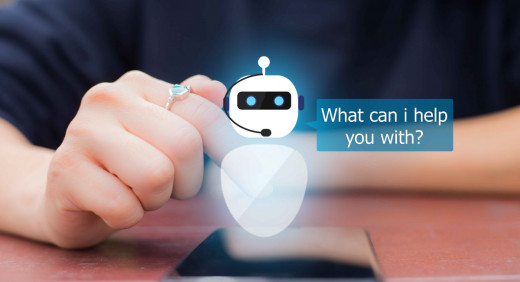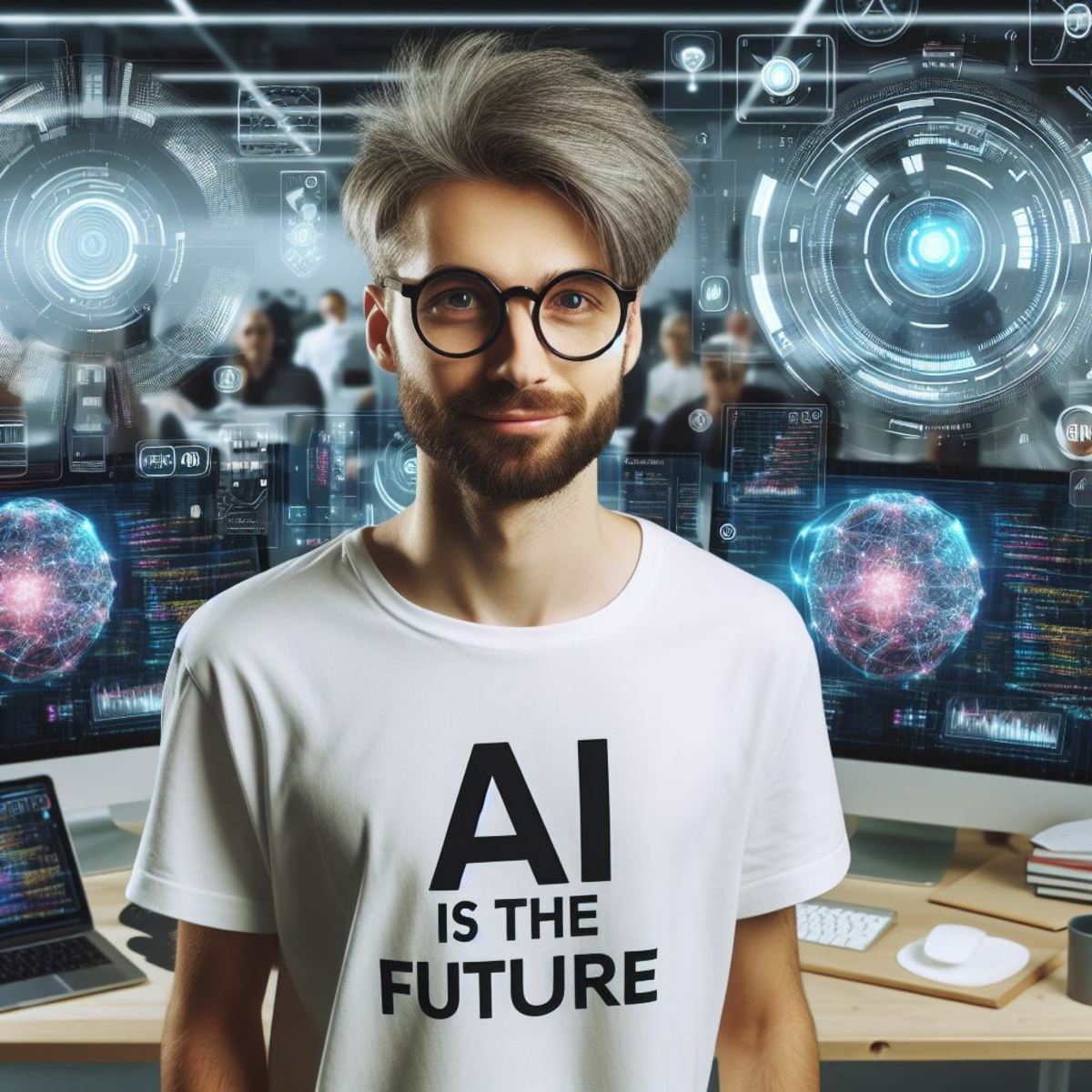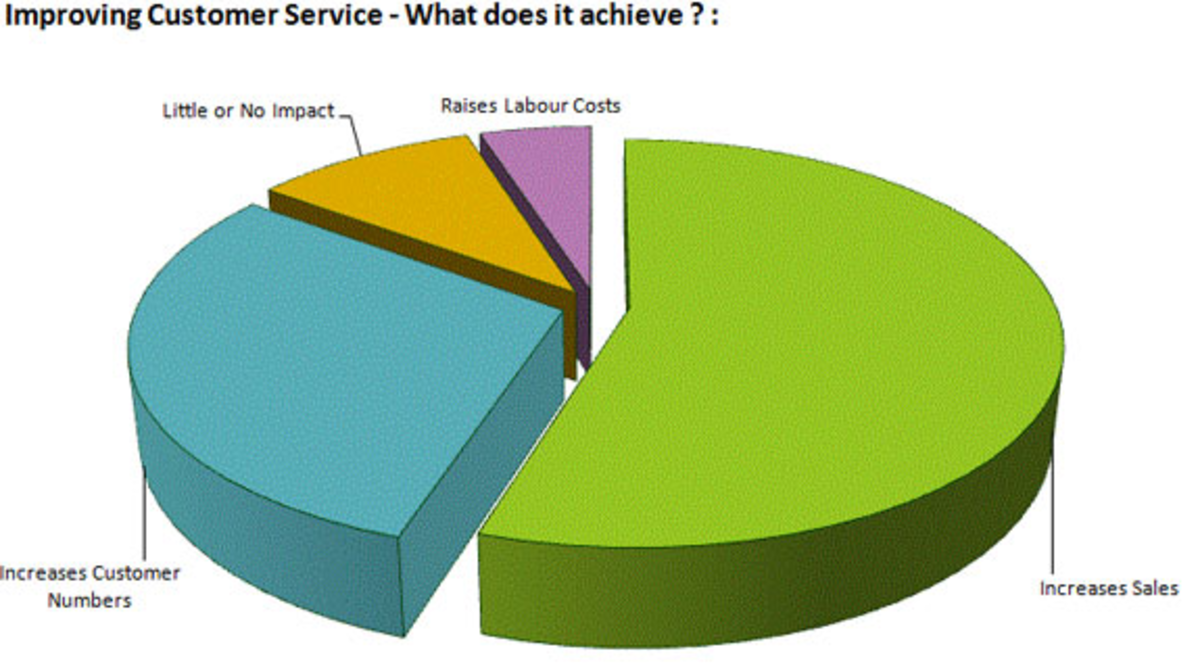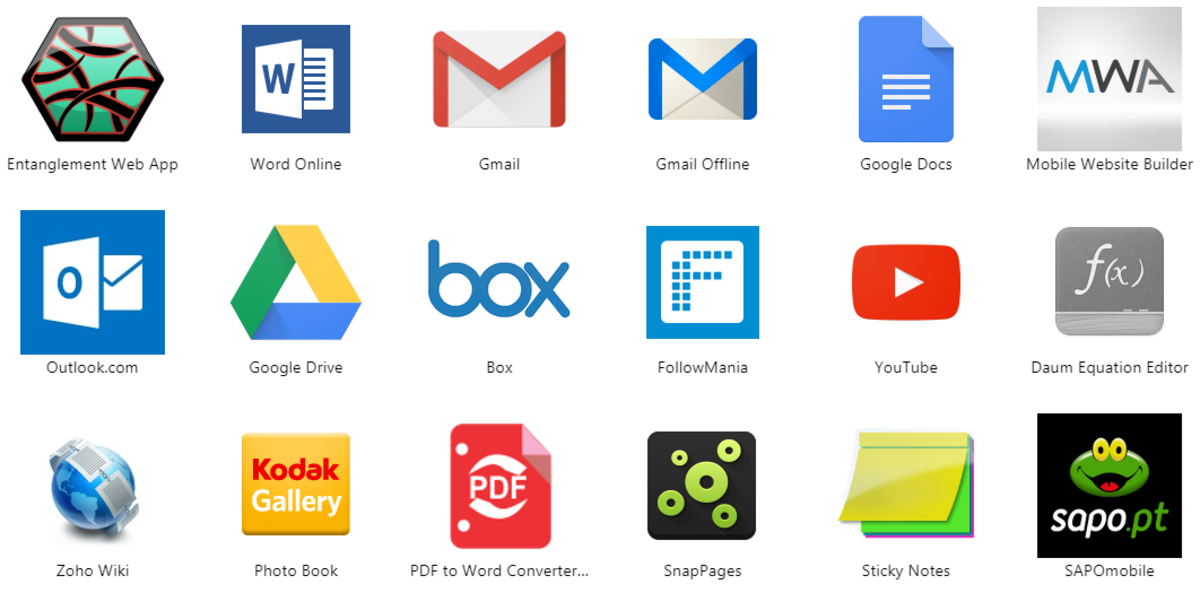- HubPages»
- Technology»
- Computers & Software»
- Computer Software
History and Application of Chatbots in Customer Service

Chatbots are intelligent systems that understand the user’s natural language queries and respond accordingly in a conversation. They are software with artificial intelligence that enables them to understand a user's input and give feedback using a predefined knowledge base.
In 1966, Professor Joseph Weizenbaum; considered one of the fathers of modern Artificial Intelligence created “ELIZA”; an early natural language processing computer program that simulated conversation by using a pattern matching and substitution method. He regarded it as a method to show the superficiality of communication between man and machine. (Wikipedia)
Eliza became the first chatbot in the history of computer science and opened the ground for more improved inventions. Some of the inventions include ALICE, JABBERWACKY, and MITSUKU.
- ALICE: developed in 1995 by Richard Wallace, was able to use natural language processing, which allowed for more sophisticated conversation. Being open-source, developers could use Artificial Intelligence Markup Language (AIML) to create their own chatbots powered by ALICE.
- JABBERWACKY: created by Rollo Carpenter. The purpose was to create an AI that could pass the Turing Test. It could mimic human interactions and carry out a conversation with users.
- MITSUKU: created by Steve Worswick using AIML technology. It contains all ALICE AIML files with many additions from user-generated conversations and is always under development.
The bots use natural language processing while some use the keywords within the text input to provide a response based on the most similar text patterns from the database.
When an end-user enters a question, the bots will analyze and respond if the question is within their scope otherwise some bots will continue querying the users for more information to enable them to offer the most appropriate response. They equally collect information from the users through the self-learning process to increase their knowledge base and give accurate answers.
Currently, the customer services section is the major beneficiary of this technology that is fast being adopted by several organizations owing to its effectiveness in offering round the clock service to clients, cutting costs on customer services i. e staff bill and answering most routine queries promptly.
Studies show that by 2020, 85% of customer interactions will be handled without a human. That means in just one year, you'll be talking to a chatbot for most of your customer service problems. (Hubspot).
A case study of the banking industry shows the milestones achieved since the introduction of mobile banking. This feature has eased access to banking services and enabled customers to open bank accounts online, deposit cash in their accounts, withdraw from their accounts, transfer cash to other accounts in different banks, check account balances, and get bank statements in real-time. All these have been made possible as long as one has access to the internet and a smartphone.
Banks on the other end have recorded a faster growth rate by reducing the traditional long queues in banking halls, quick feedback to customer queries, reduction in wage bill since the bots can do most of the routine duties, expanded reach to customers in remote areas, and offer 24hr services to clients thus resulting in faster growth rate for the sector.
In the retail sector, these bots give information on goods and services on sale, allow customers to share the items thus giving it wider visibility, promote sales online and respond to general queries like a store location.
Chatbots are slowly and will transform modes of doing business in the entire world. The benefits outweigh the challenges and any entity that has a huge following should make every effort to incorporate these bots for better communication and ease the traditional cost of responding to each and every customer via emails or phone calls.
This content is accurate and true to the best of the author’s knowledge and is not meant to substitute for formal and individualized advice from a qualified professional.
© 2019 Jeremiah Onyango








